Designed for uniformed professionals, and those who prefer the minimalist look of a smooth, unadorned, plain toe.
Full-Grain Leather vs Patent Leather
Neither one is universally "better" than the other. They are simply different, and suited for different use cases. Learn more, and decide which one is best for you.
Below is the best graphic I've seen showing the various layers of leather, and which layers make up the different leather "splits" that can be made from cattlehide. (Credit: Leather Hide Store.)
Definition
Full-Grain leather is defined by having #1 the dense grain layer completely intact, i.e. it has not been sanded to remove imperfections, and #2 no solid coatings cover the grain layer (staining dyes and moisturizing products do not count because they're liquid and still allow you to see the "grain" AKA pores).
Patent leather is defined by having a smooth waterproof coating. For better durability and breathability, the Patent leather we use begins with a cattlehide base. To improve adhesion and consistency of the mirror-like coating, the cattlehide's grain layer is sanded. Then the smooth waterproof coating, made of polyurethane, is applied.
Looks
Full-grain leather still looks like leather, with a natural grain texture. With shoe polish, time, and elbow grease, you can achieve a "mirror-like" finish at the toe and heel. It's not recommended to apply a mirror-like finish all over the shoe, as the layer of wax that creates it will crack where the shoe bends.
Patent leather looks like a black mirror. It's level of shine is so high that it is simply unachievable with shoe polish on Full-grain leather.
Maintenance
Full-grain leather needs the full gamut of Leather Care: brushing, conditioning, and polishing if you want a shine.
Patent leather's greatest advantage is that you're always just a wet wipe away from a polished shoe.
Breathability / Water Resistance
Patent leather's outer layer is waterproof, but that makes it much less breathable than Full-grain leather. Full-grain leather naturally has some water resistance, but
Softness / Stiffness
Full-grain leather will be softer, and Patent leather will be stiffer.
Creases
Full-grain leather can hide creases better, because the texture of the grain breaks up the crease lines.
Patent leather can show creases more, because the crease lines contrast against the super smooth surface.
For a preview of what to expect, take a look at ebay listings for "black patent leather shoes" in "condition: pre-owned."
Repair
Full-grain leather's grain can be visually repaired by lightly sanding down the edges of any damage, then filling in the gaps with shoe polish.
Many sources note that Patent leather's coating is unrepairable after damage, but these websites all seem to be trying to sell you their Full-grain leather. It's not true, because there are highly-rated patent leather repair products as well as videos demonstrating repair of patent leather.
In actuality, it seems like Patent leather is more repairable than Full-grain leather. You can't buy a bottle of "leather grain" and simply apply it on top Full-grain leather, but you can buy a bottle of patent leather finish and simply apply it on top Patent leather.
Scrapes, Scratches, Cuts
Full-grain leather will get scraped, scratched, and cut more easily, as the leather's natural grain is not as strong as Patent leather's polyurethane coating. However, like with creases, Full-grain leather should be better than Patent leather at hiding these.
Cracks and Separation
Full-grain leather can experience "loose grain", where the grain layer will wrinkle more than normal, due to it separating from the layers underneath. However, I've never seen nor even heard a case of the grain separating completely. (If you have, send us a message so we can correct this.)
Patent leather's polyurethane layer is more likely to crack and separate. But as we mentioned earlier, you should be able to repair this, assuming the base leather layer is still good.
Please see our full policy on Shipping, Returns, Exchanges.
- Care for your Carets by using a shoe cream that allows for conditioning, shine, and water resistance. We recommend Saphir Médaille D'Or Shoe Cream which is made from all natural ingredients.
- Use a shoe horn to slip on your shoes whenever possible.
- After wearing your Carets, properly store them by slipping shoe trees (available at the Outlet Store) inside to help maintain their shape.
- As with all leather, try to avoid water, mud, snow, and salt. If your Carets get dirty, clean them off as soon as possible.
- Be sure to rotate your Carets with other shoes, as even the nicest dress shoes can wear out from constant use.
- Despite their comfort, try to refrain from exercising in your Carets!
Here are our Frequently Asked Questions.
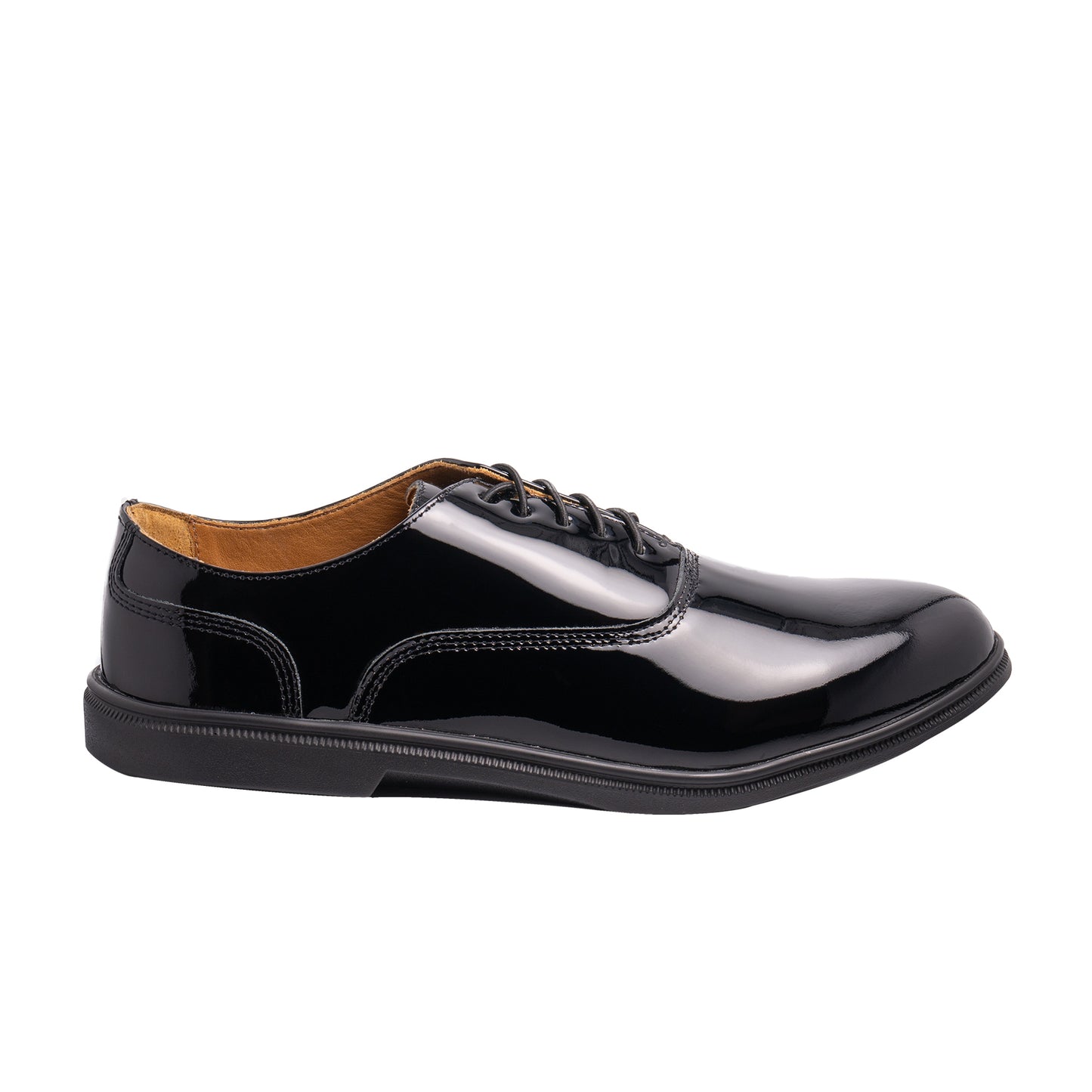
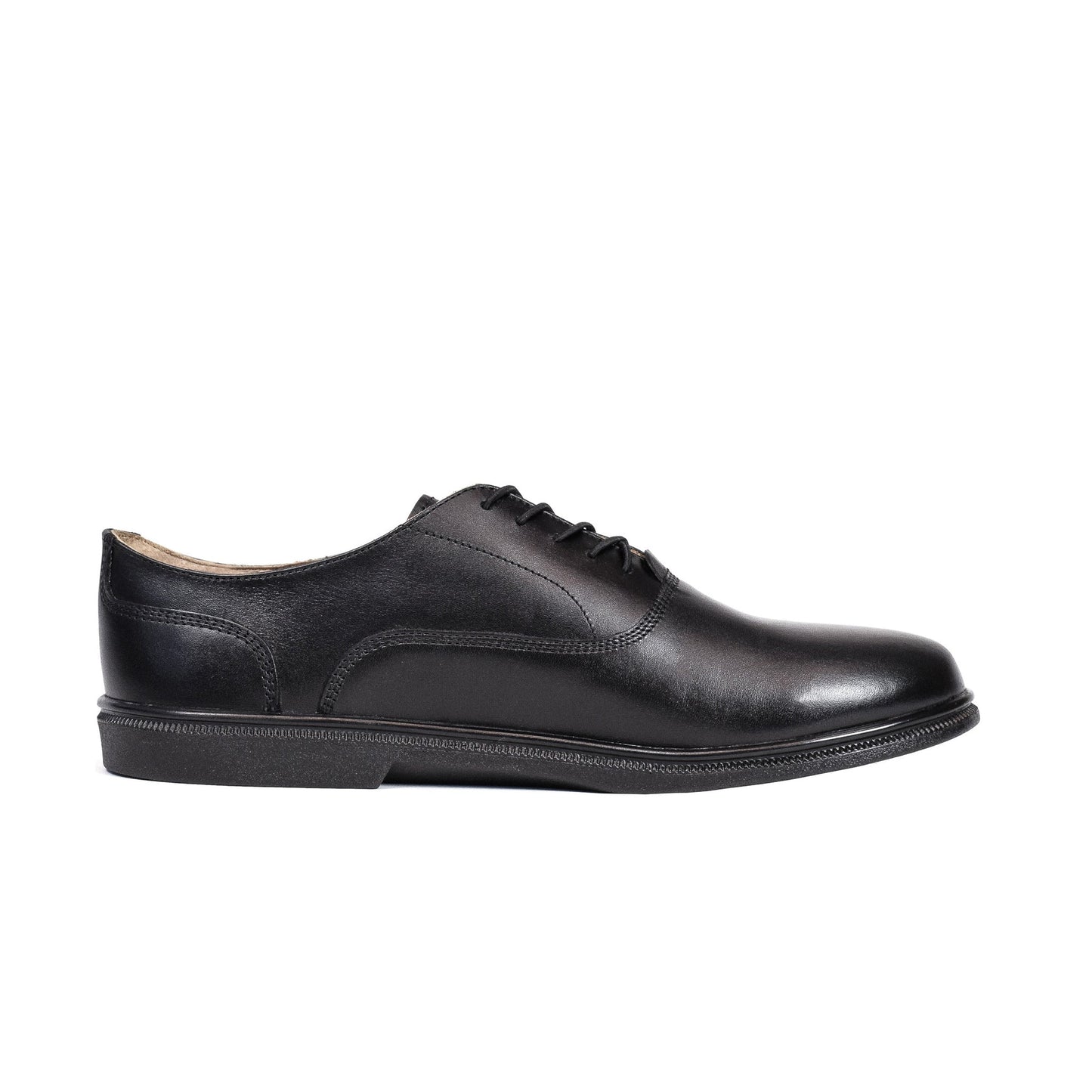
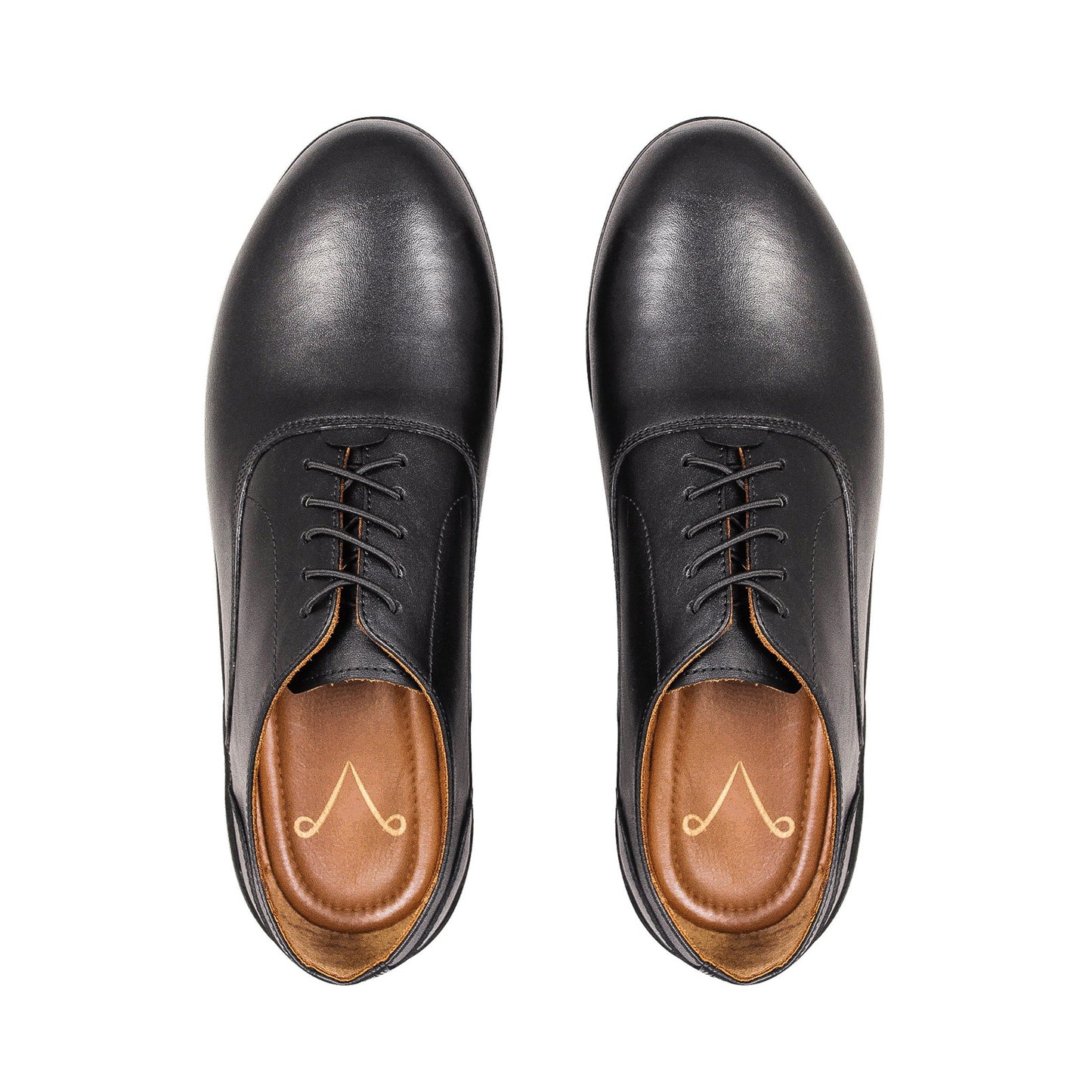
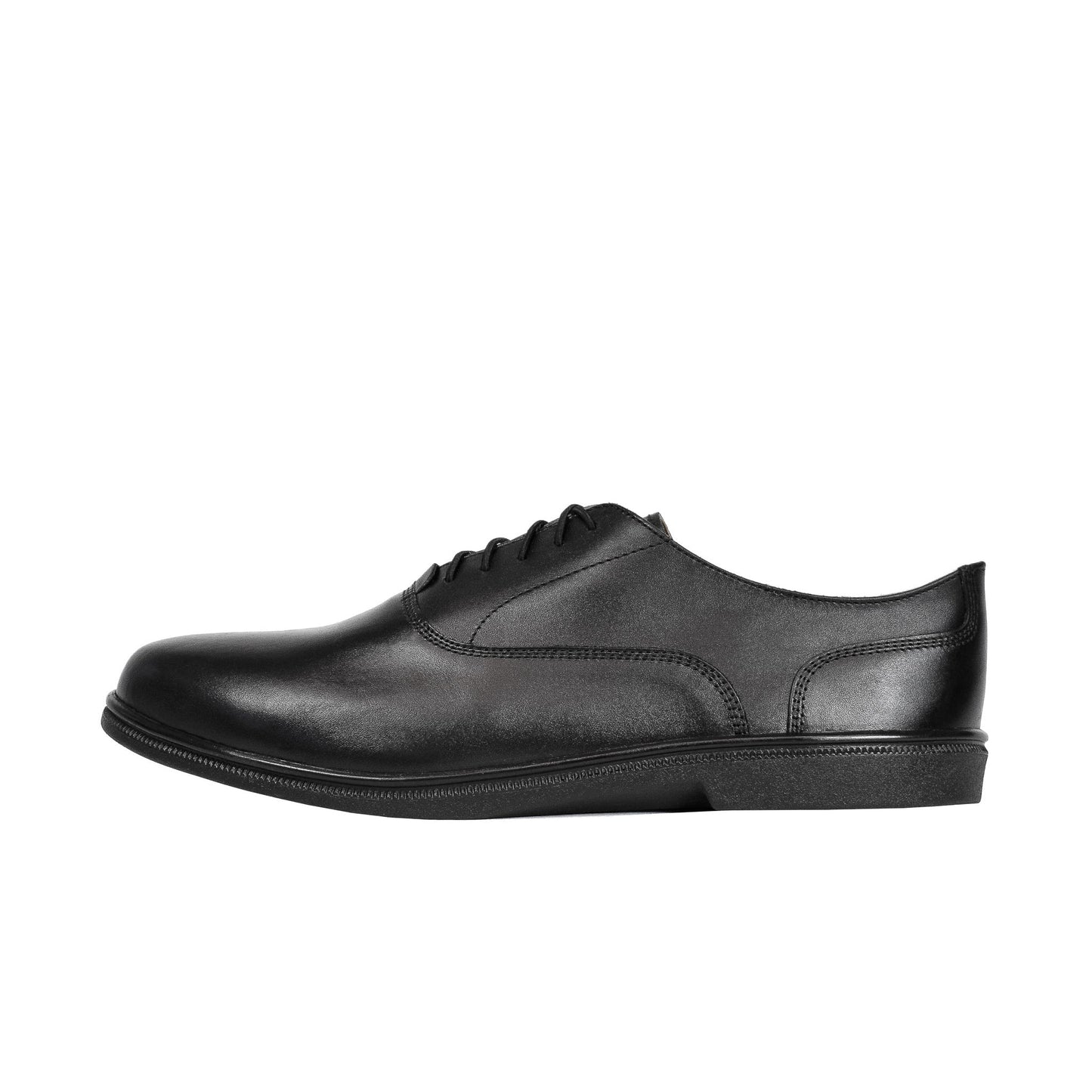
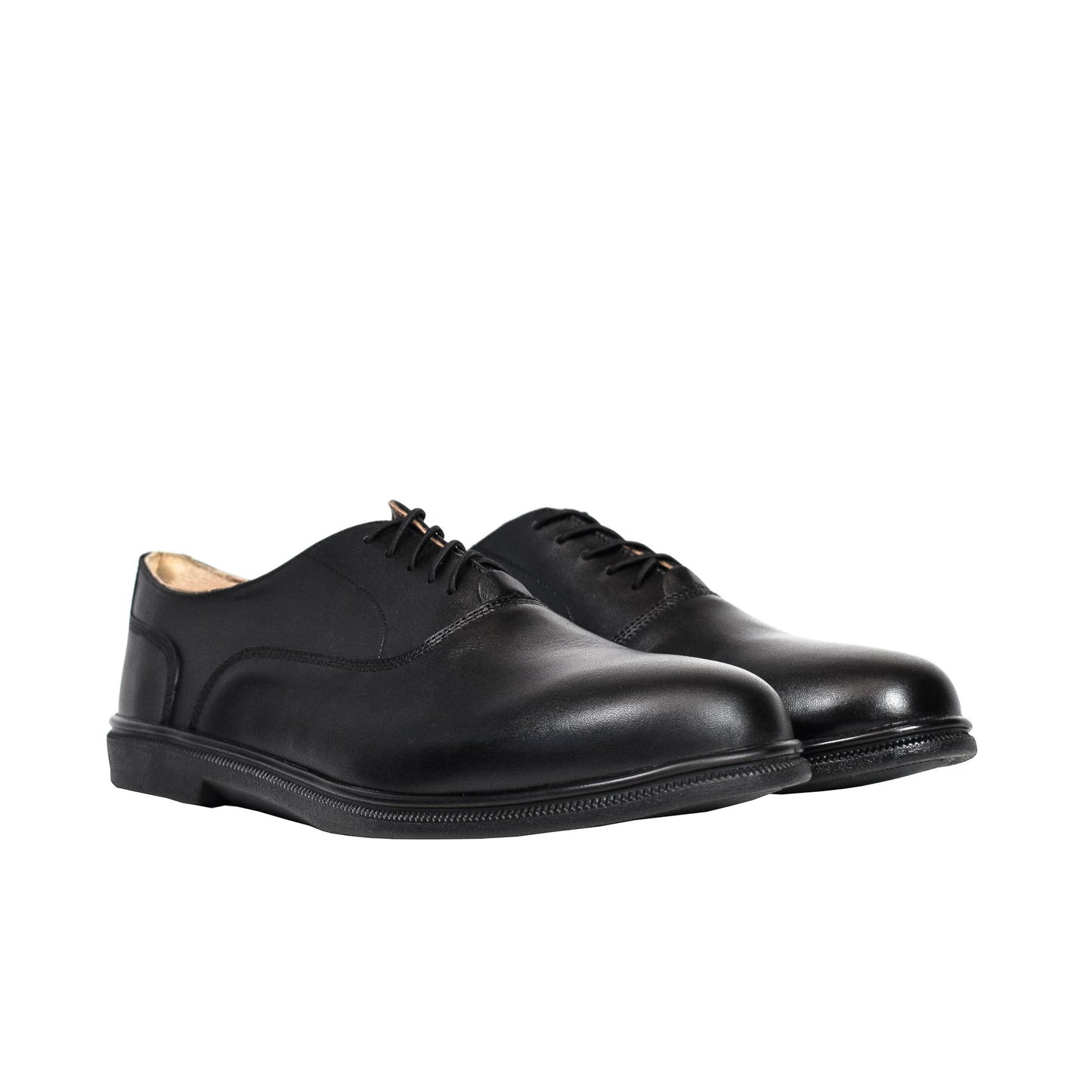
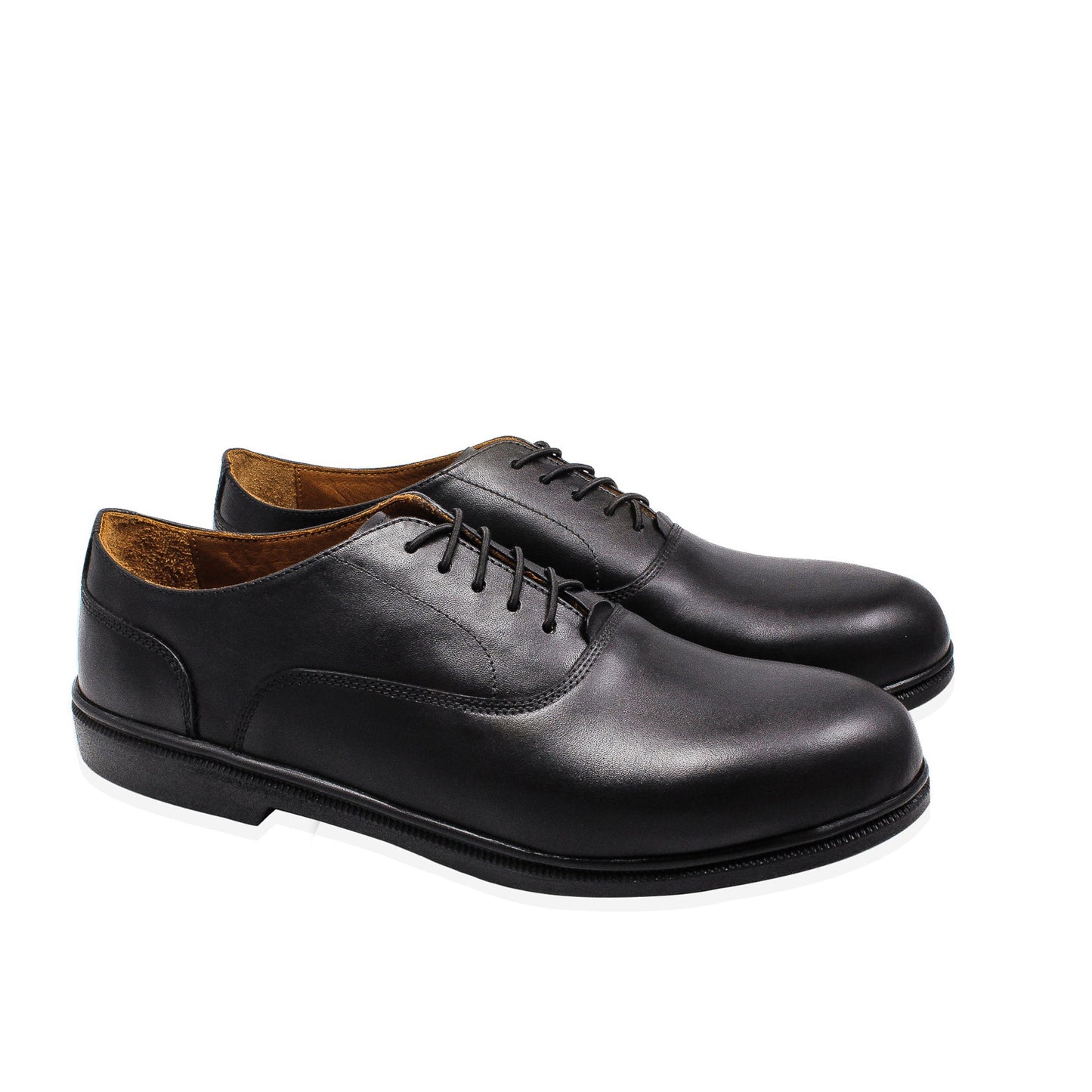

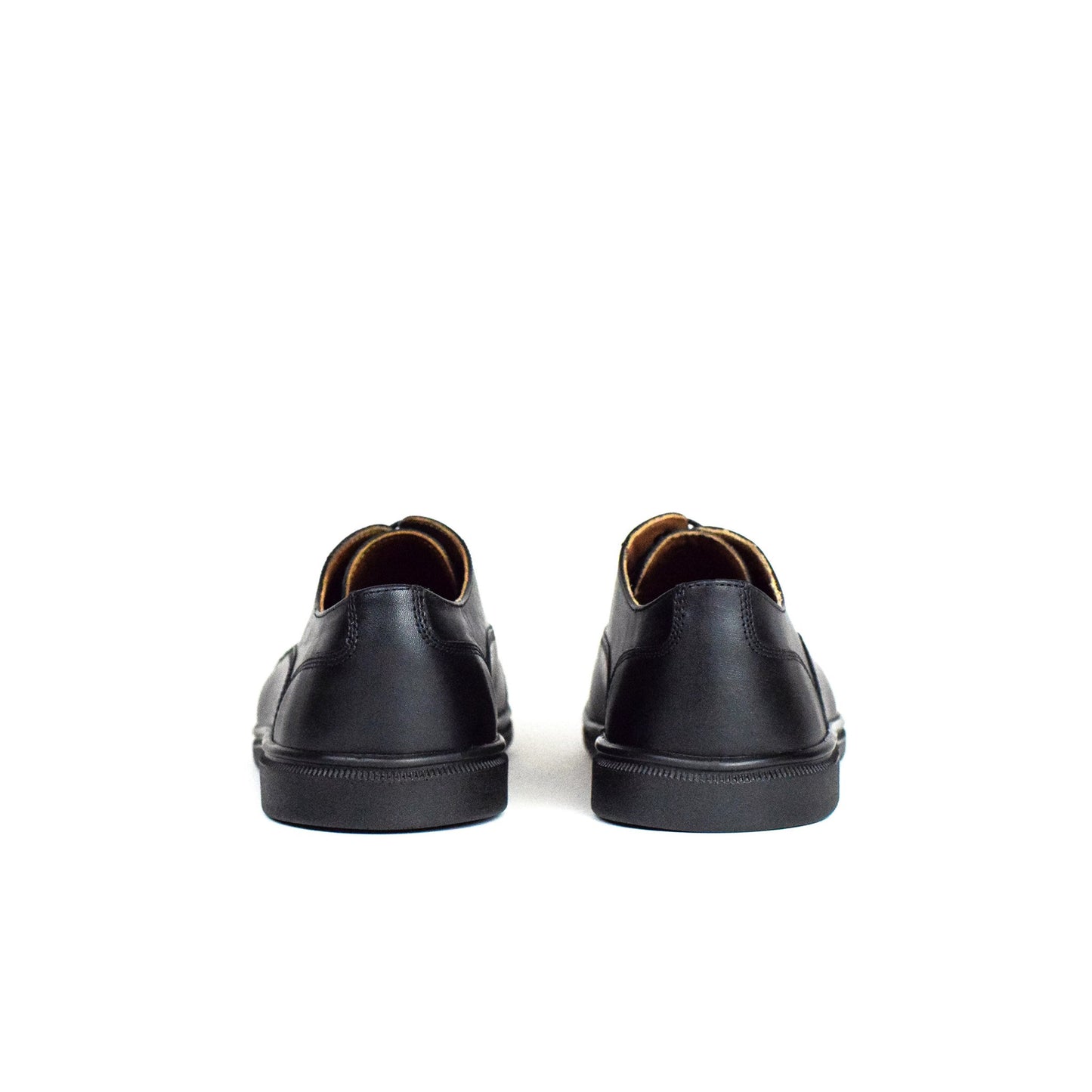
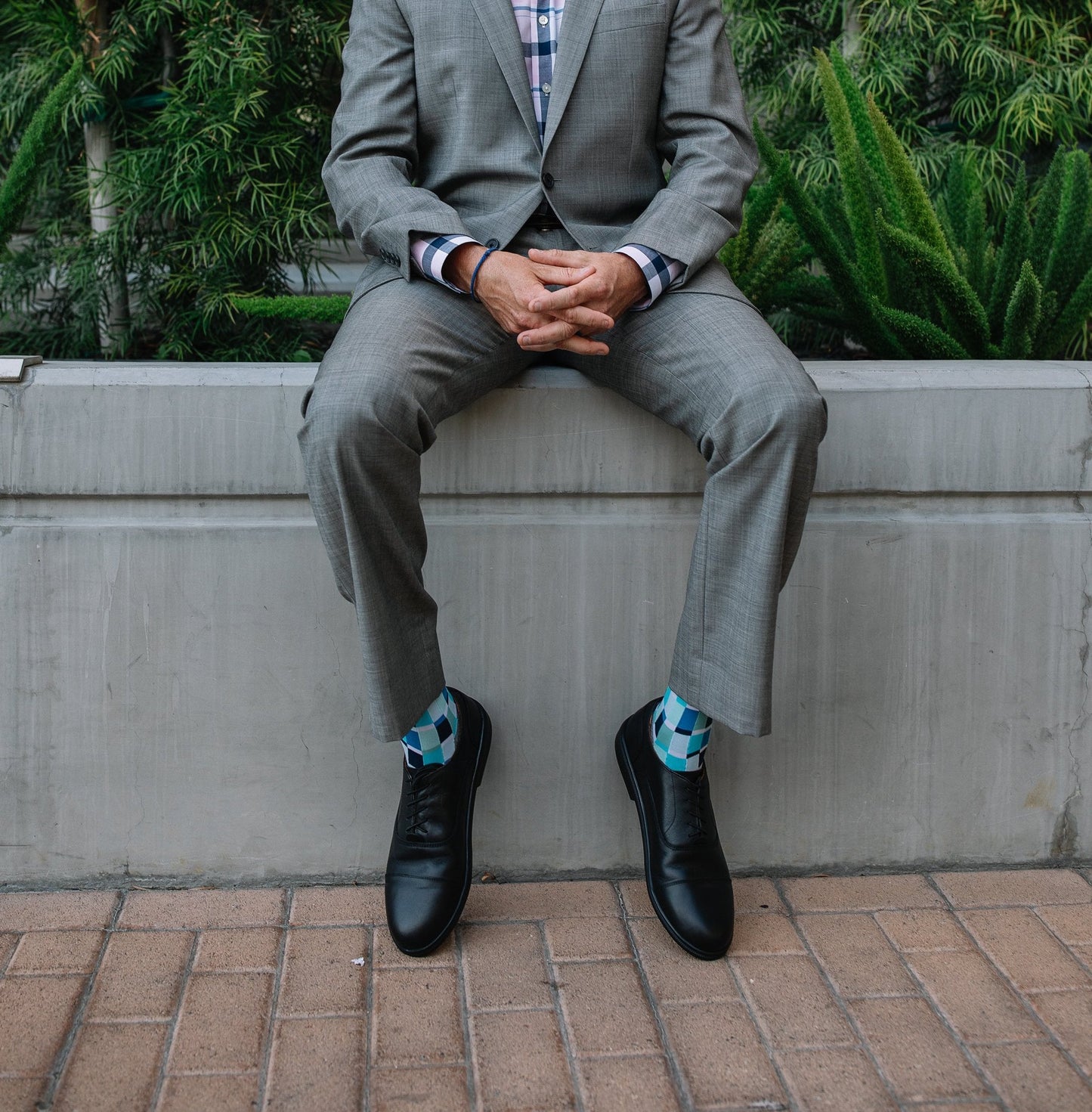
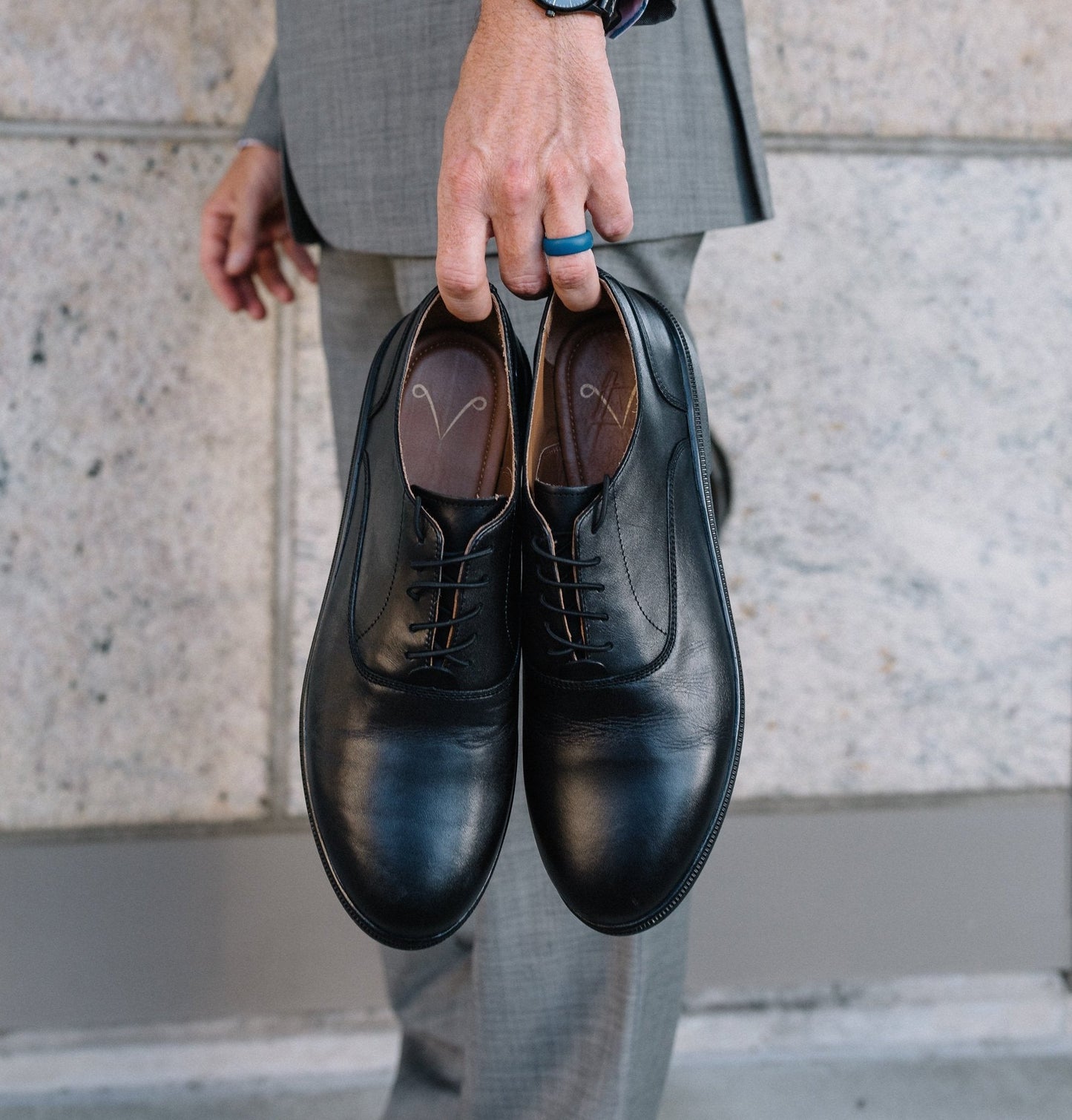
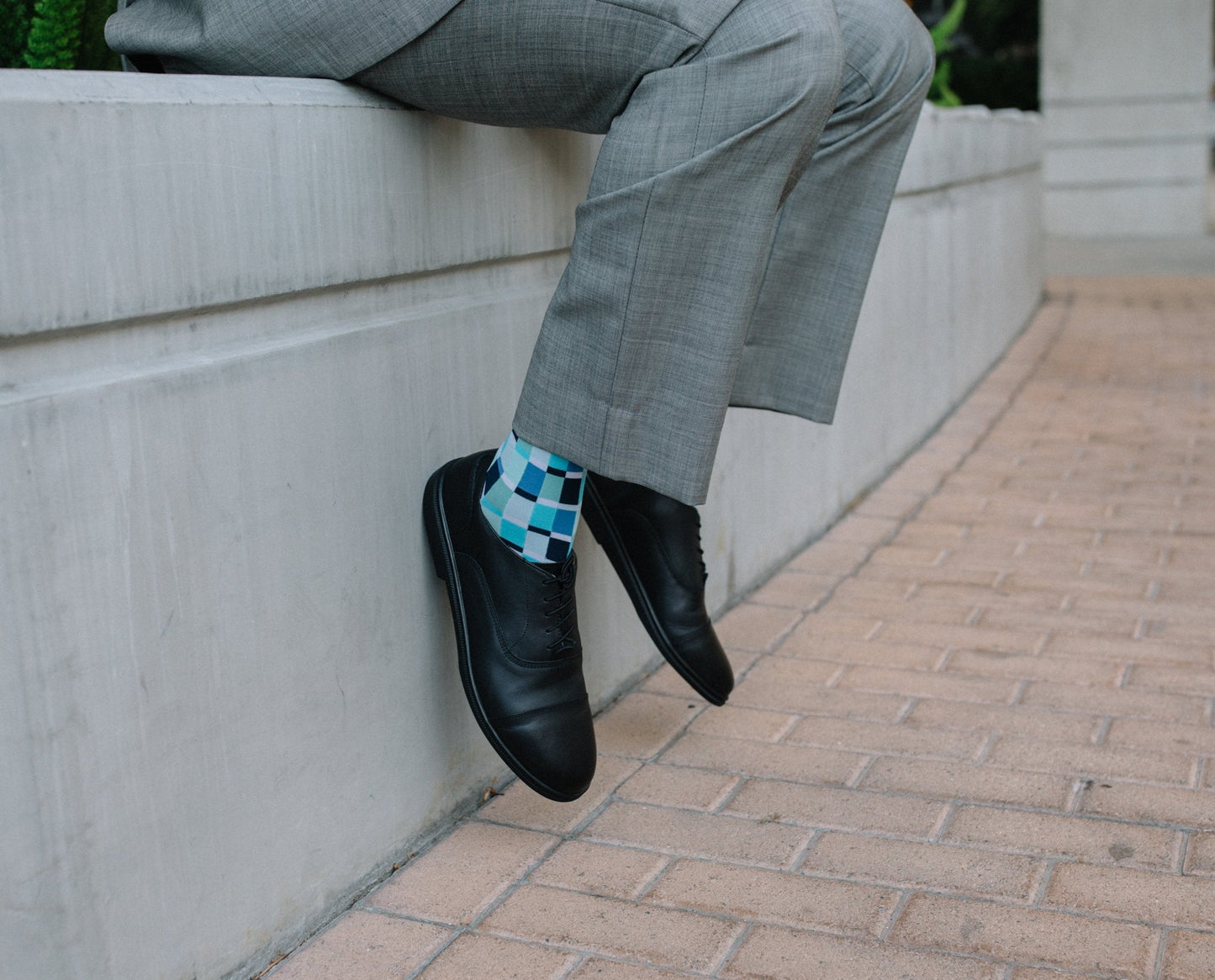
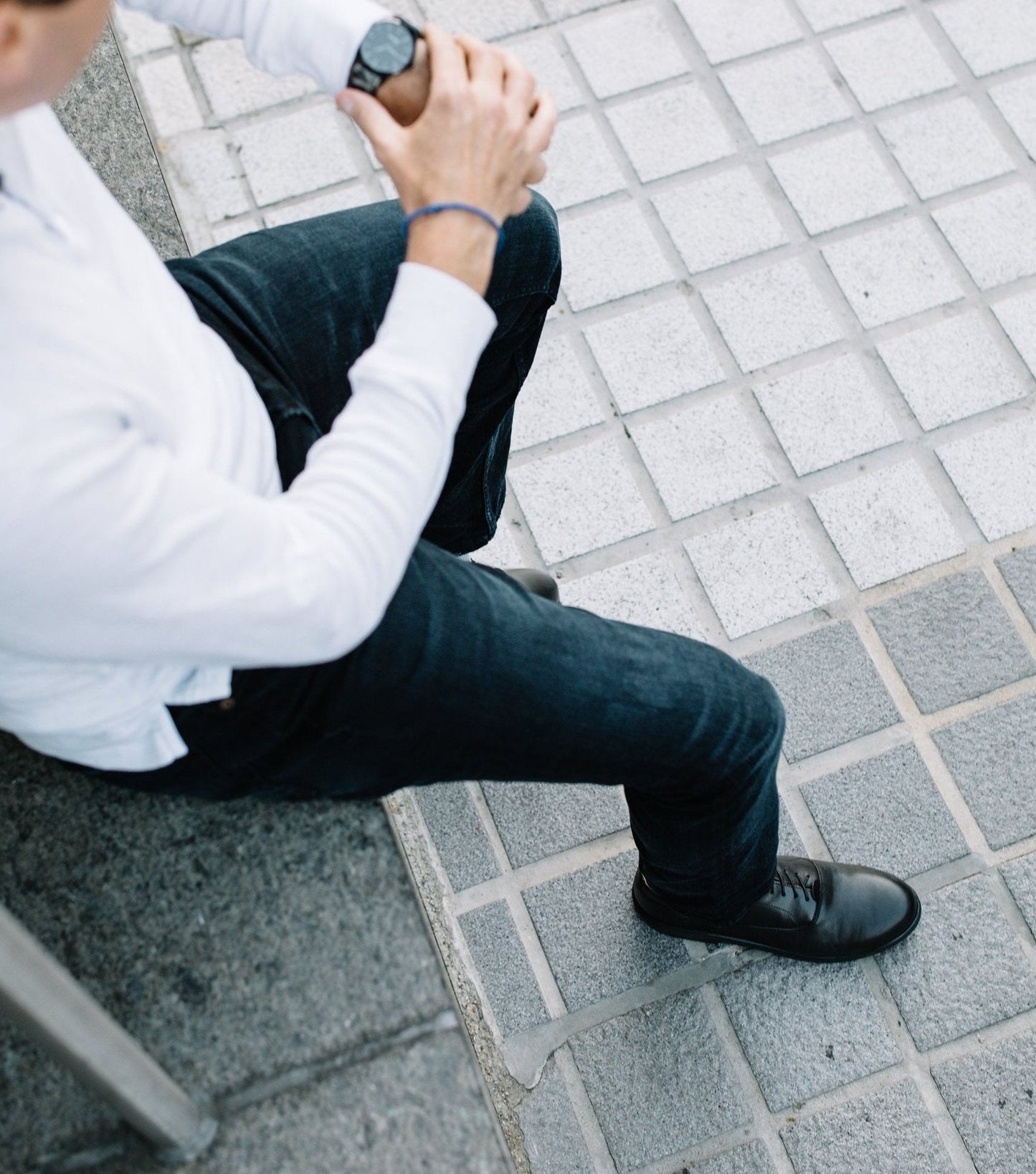
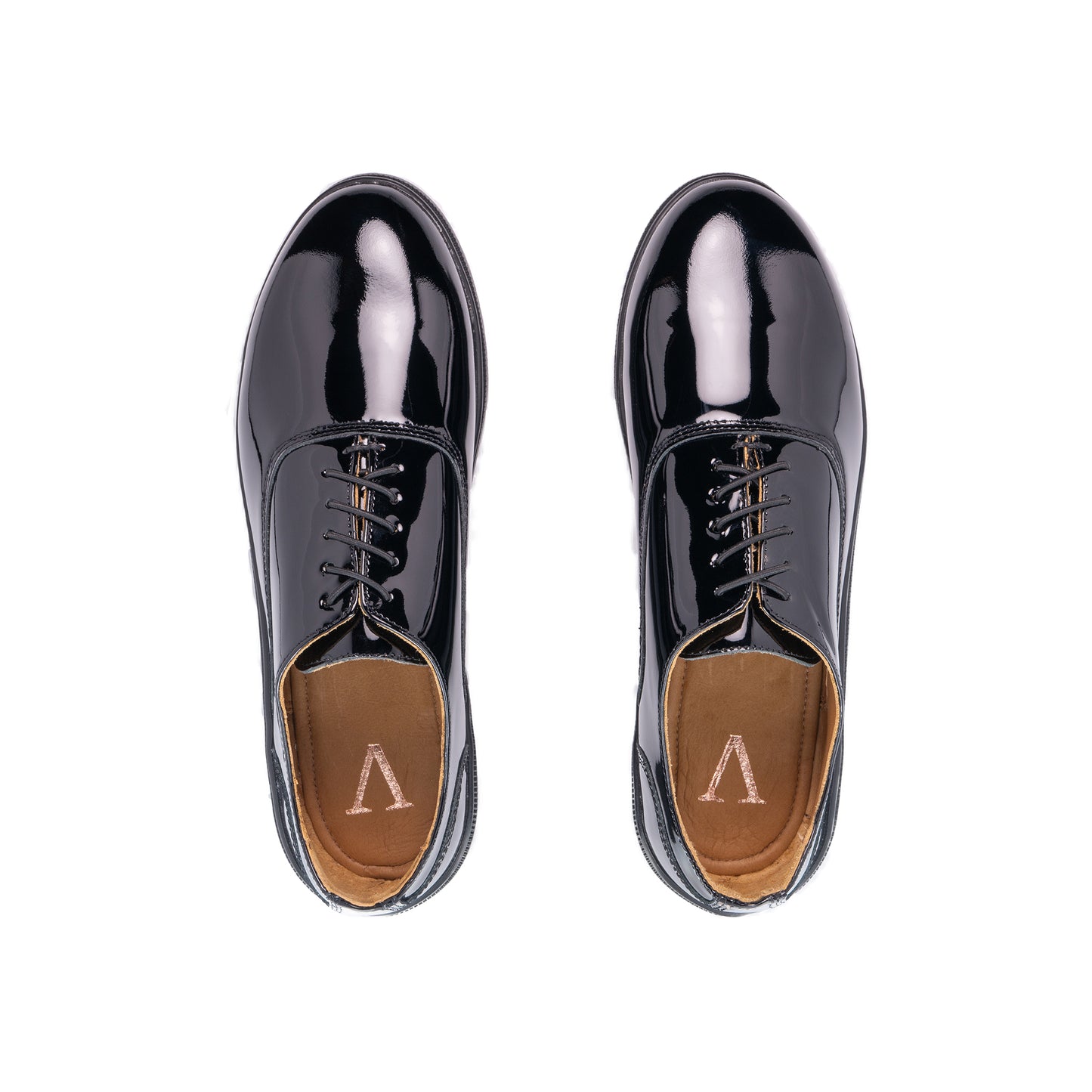
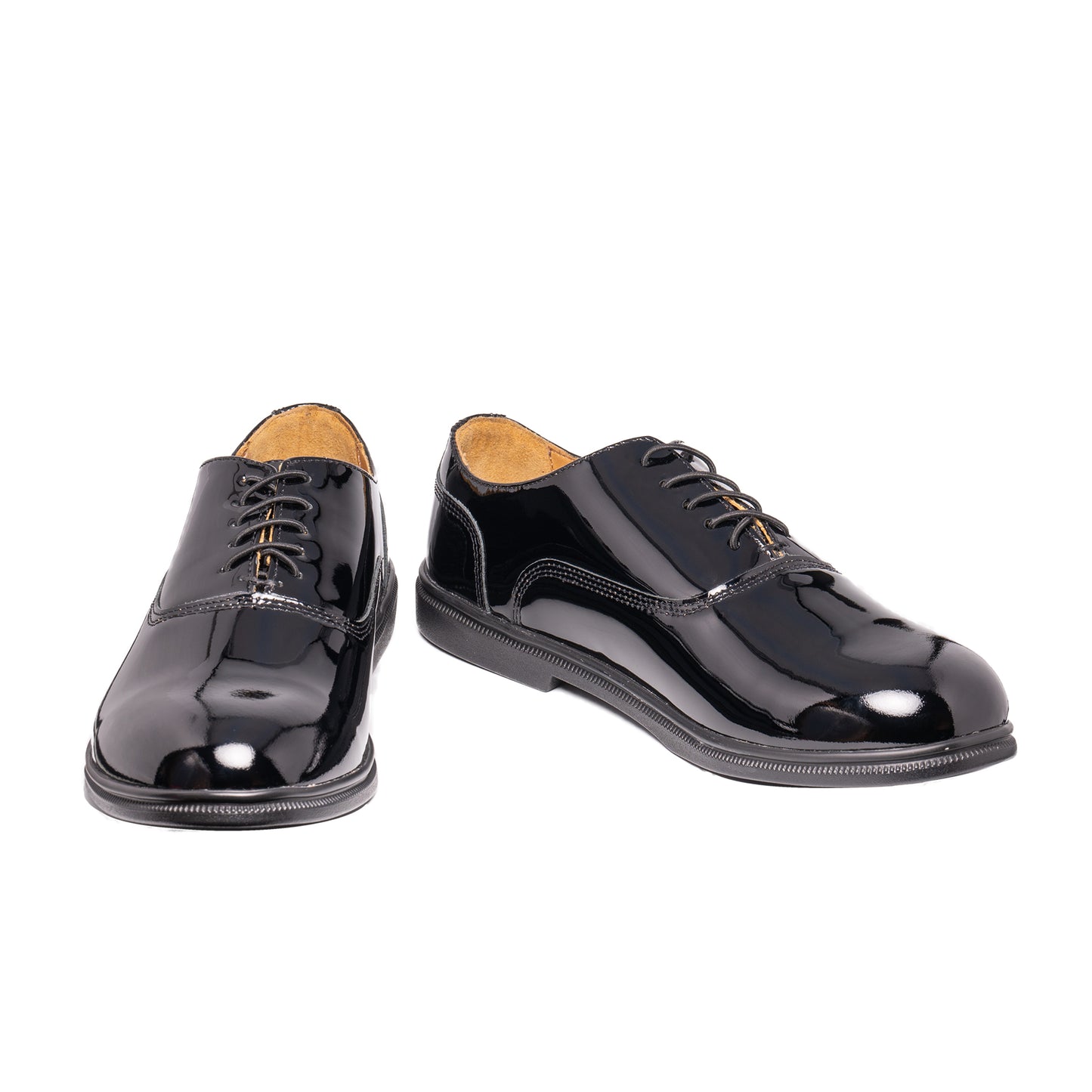
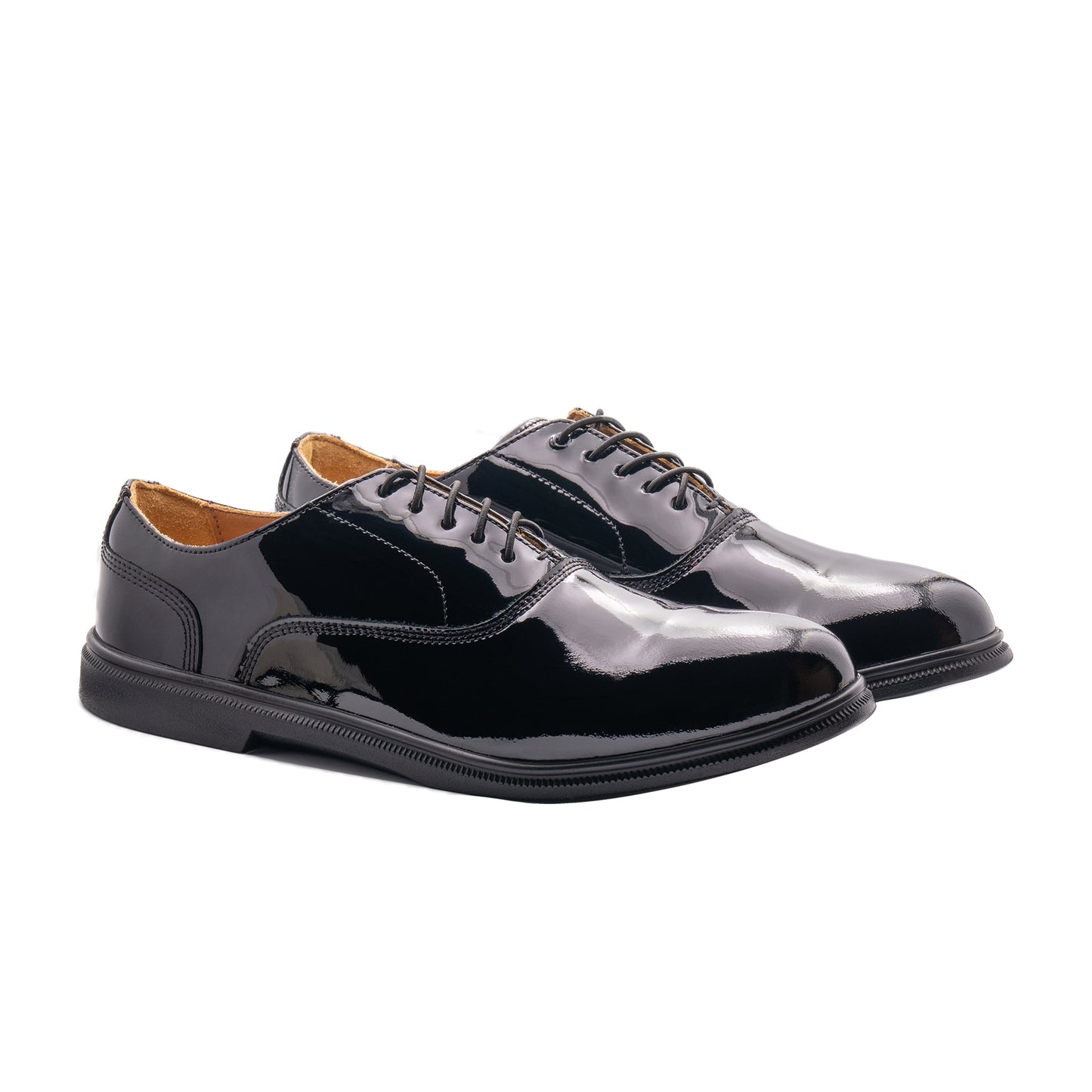
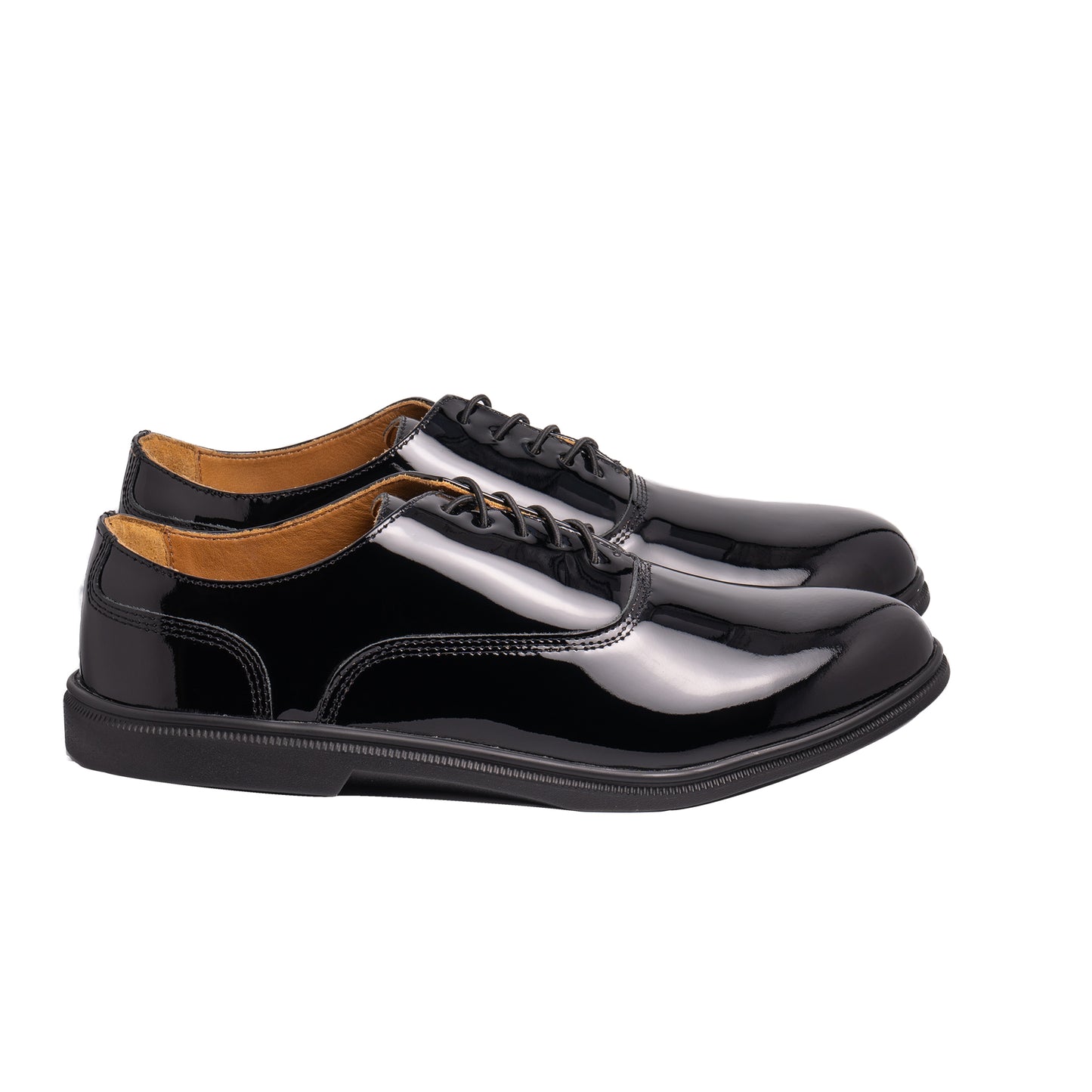
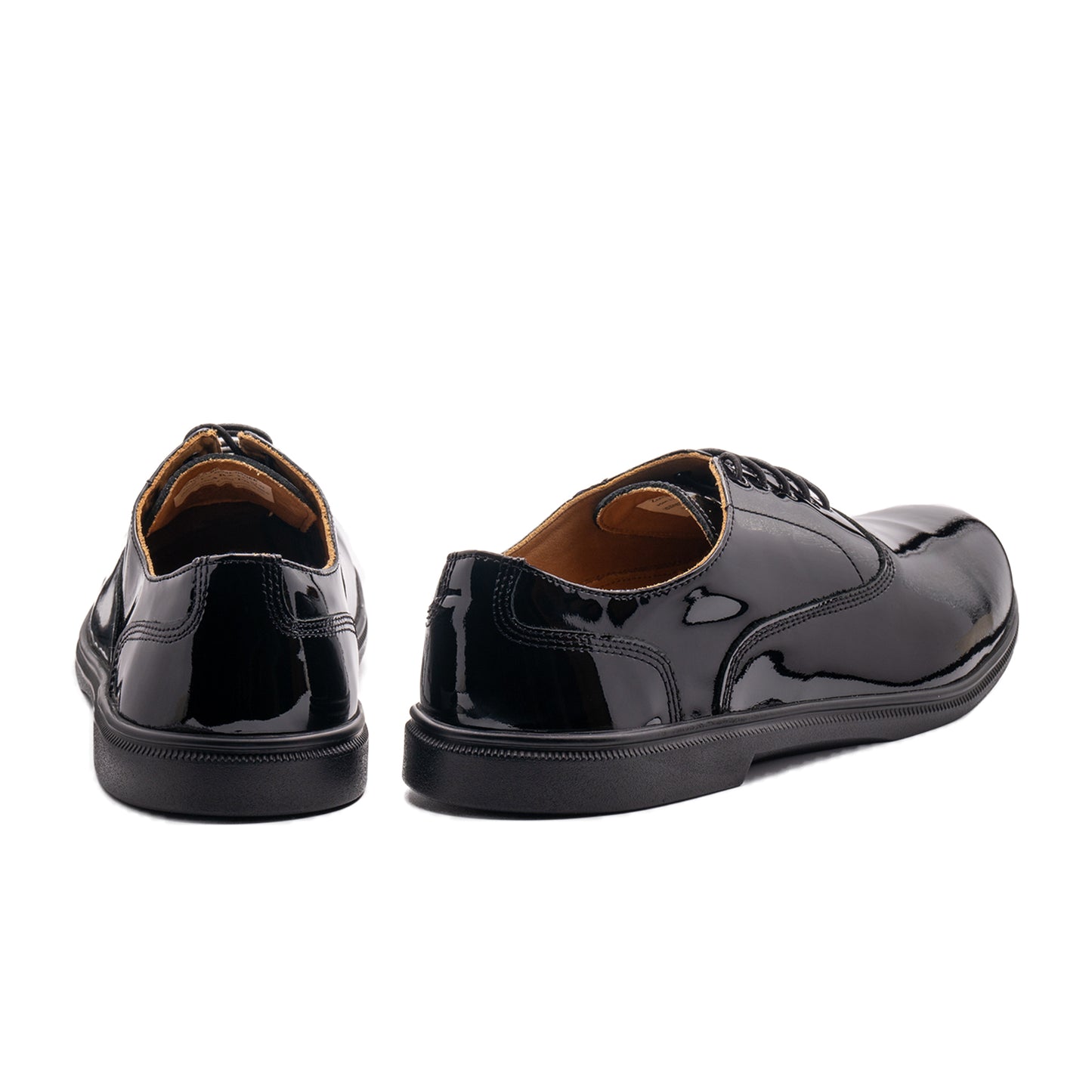
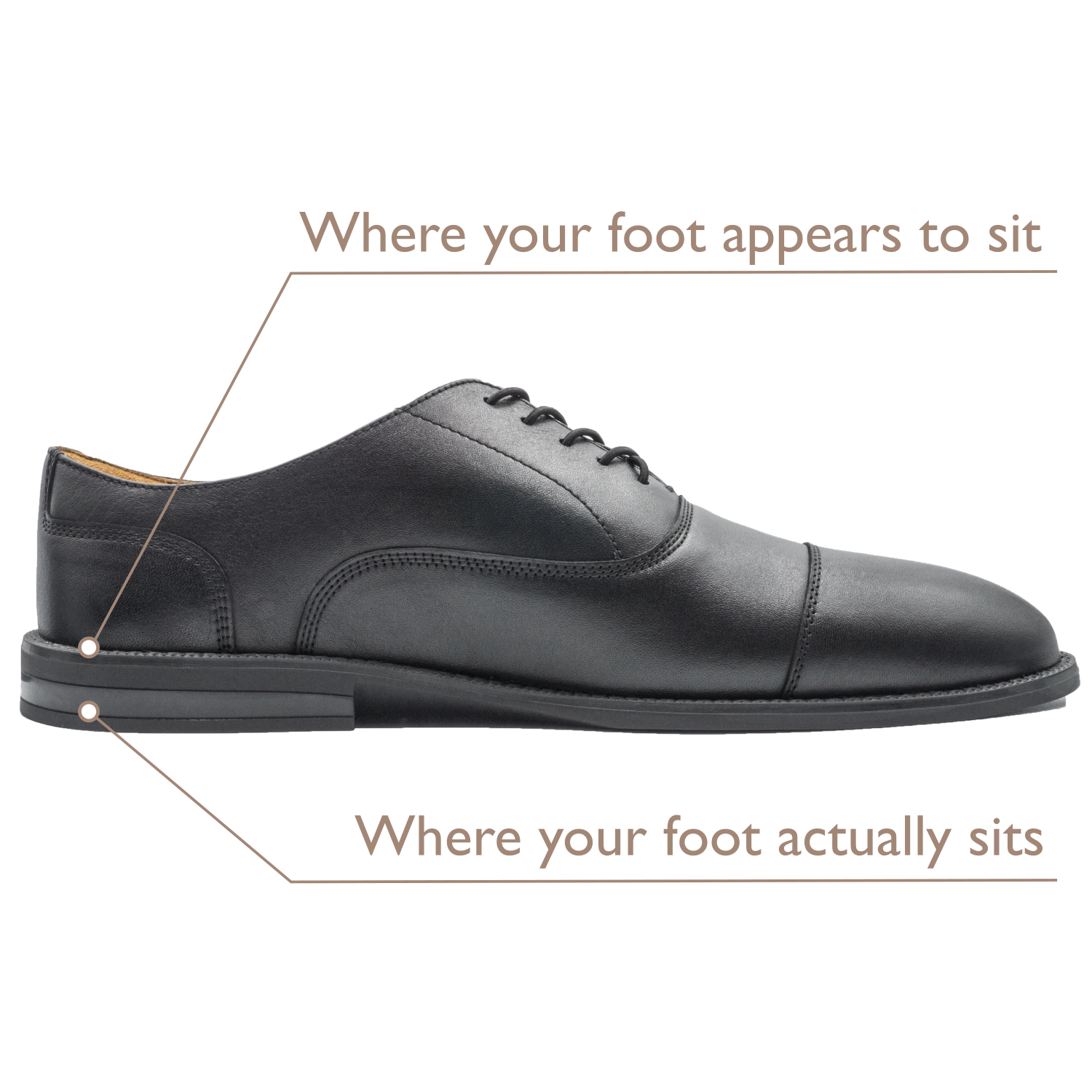
Zero-Drop in Disguise
Carets appear to have a heel, but your foot rests inside it for a zero-drop fit. You get the same natural and upright posture as being barefoot for happy ankles, knees, and back, but with a sophisticated look. Without a heel, other minimalist dress shoes simply don’t look high-end.
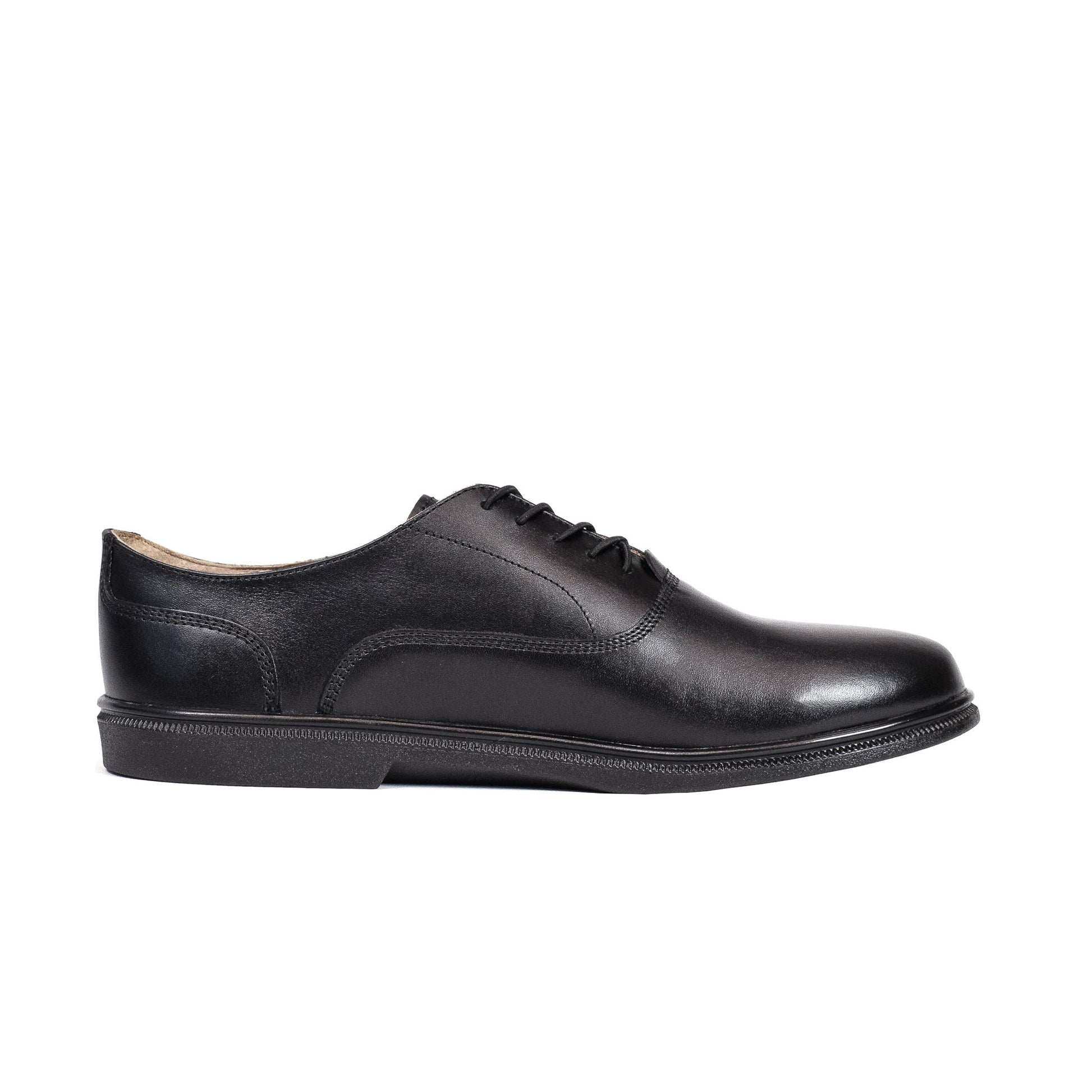










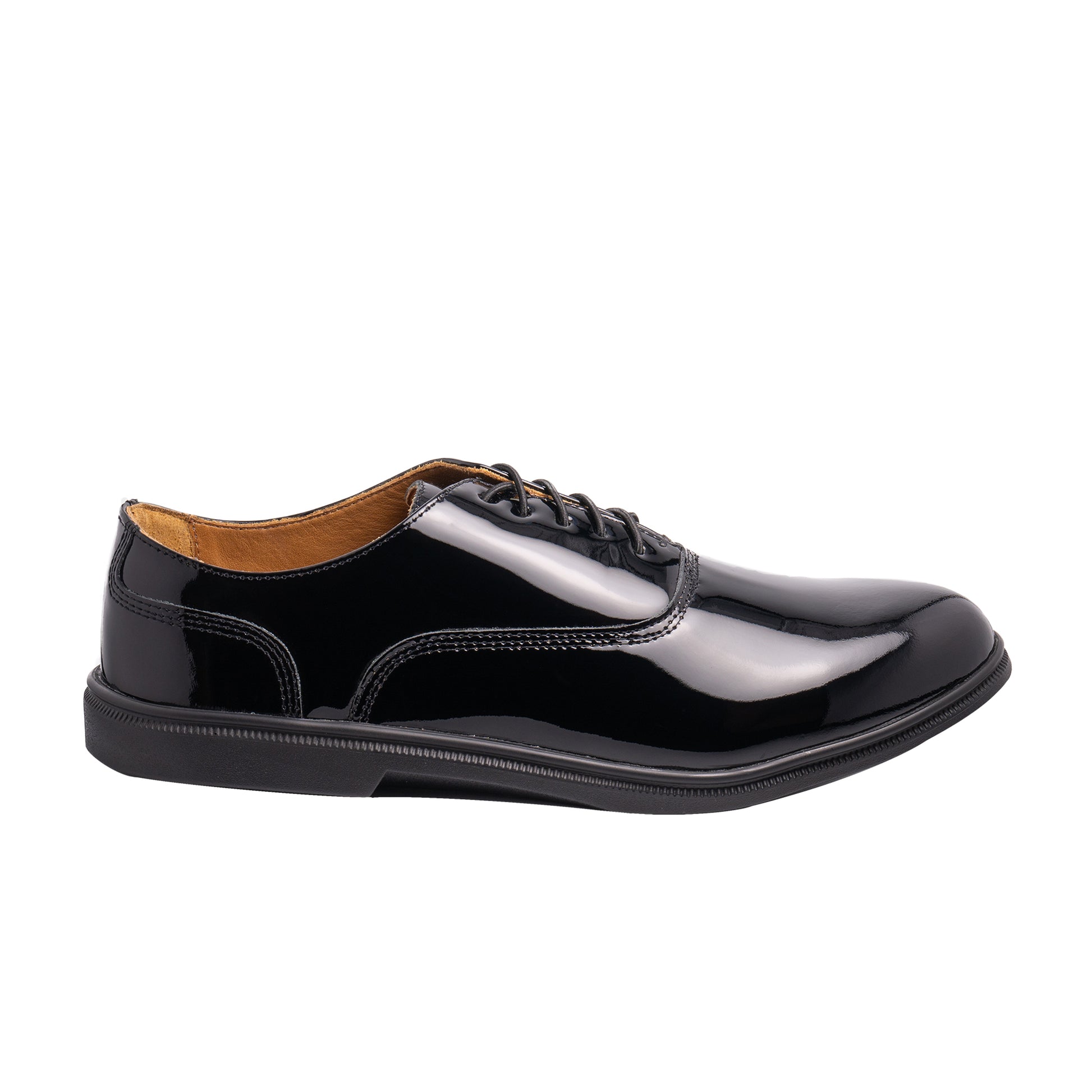
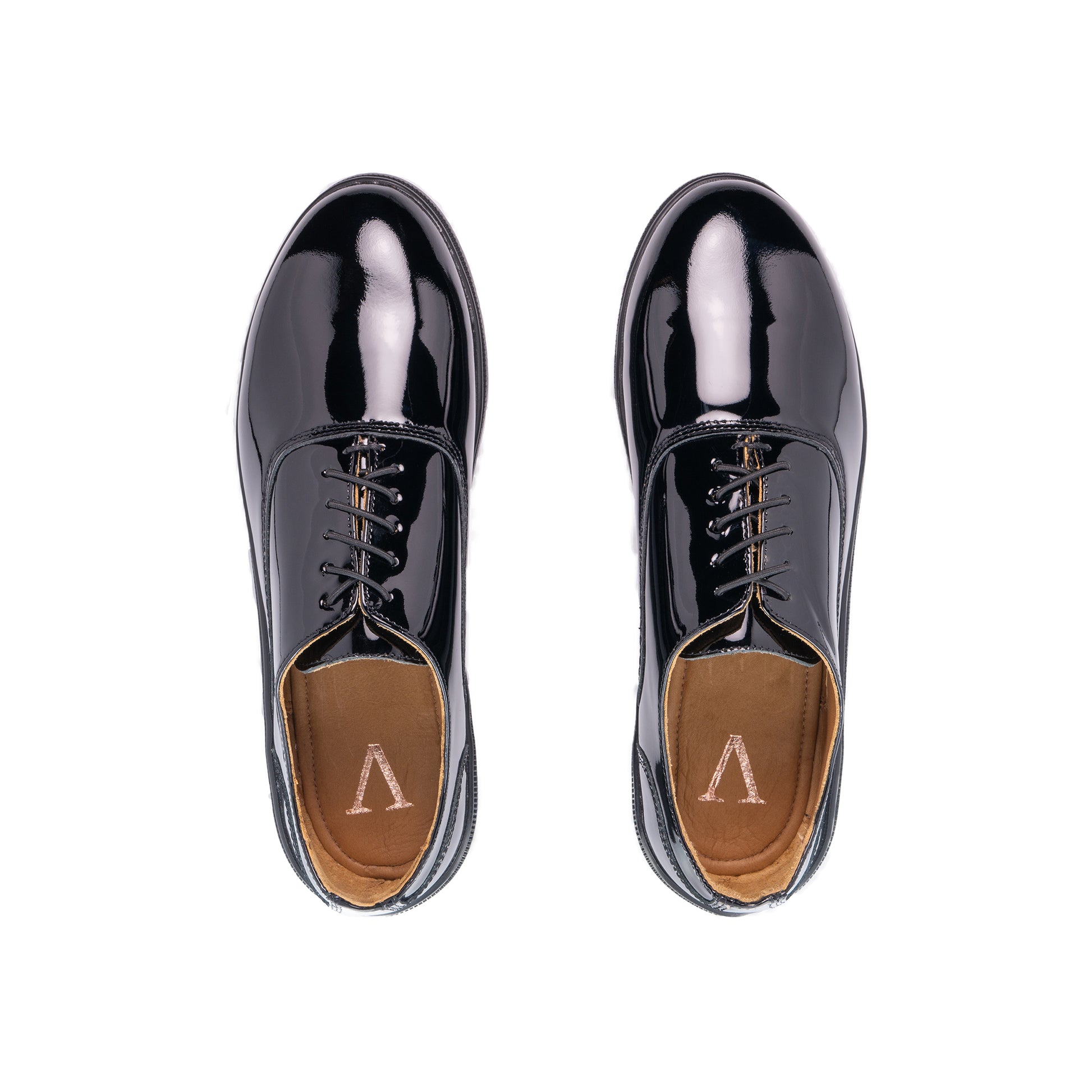
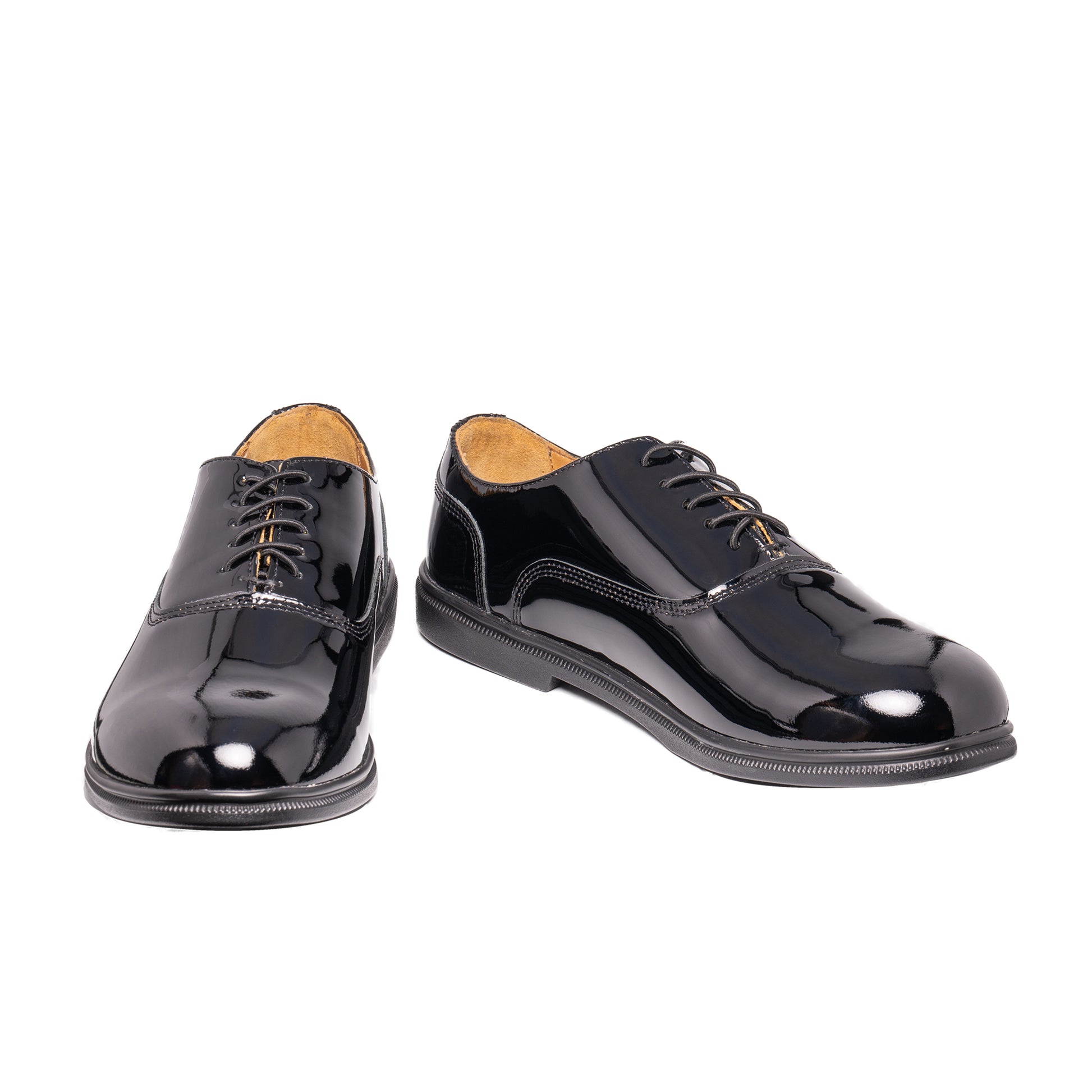
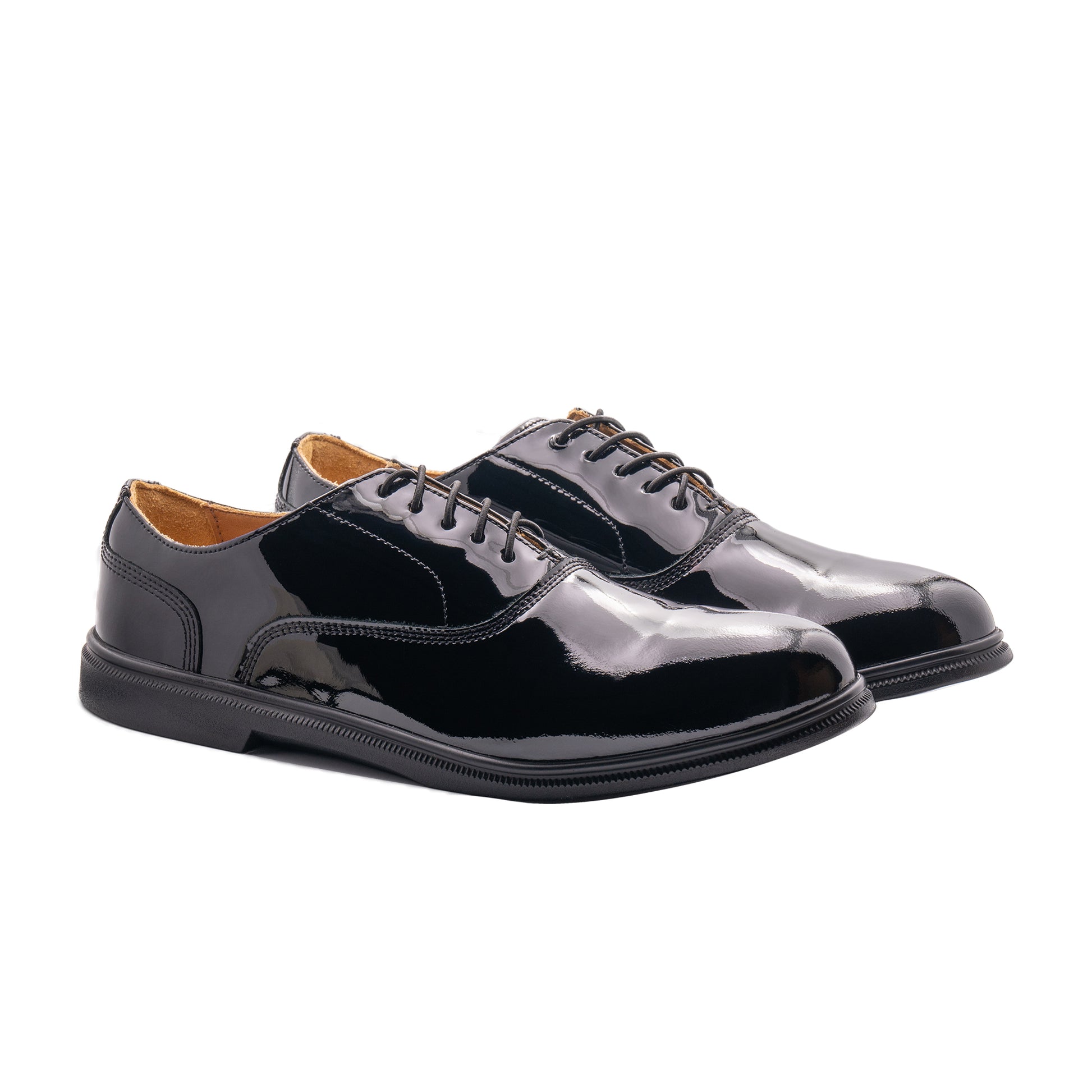
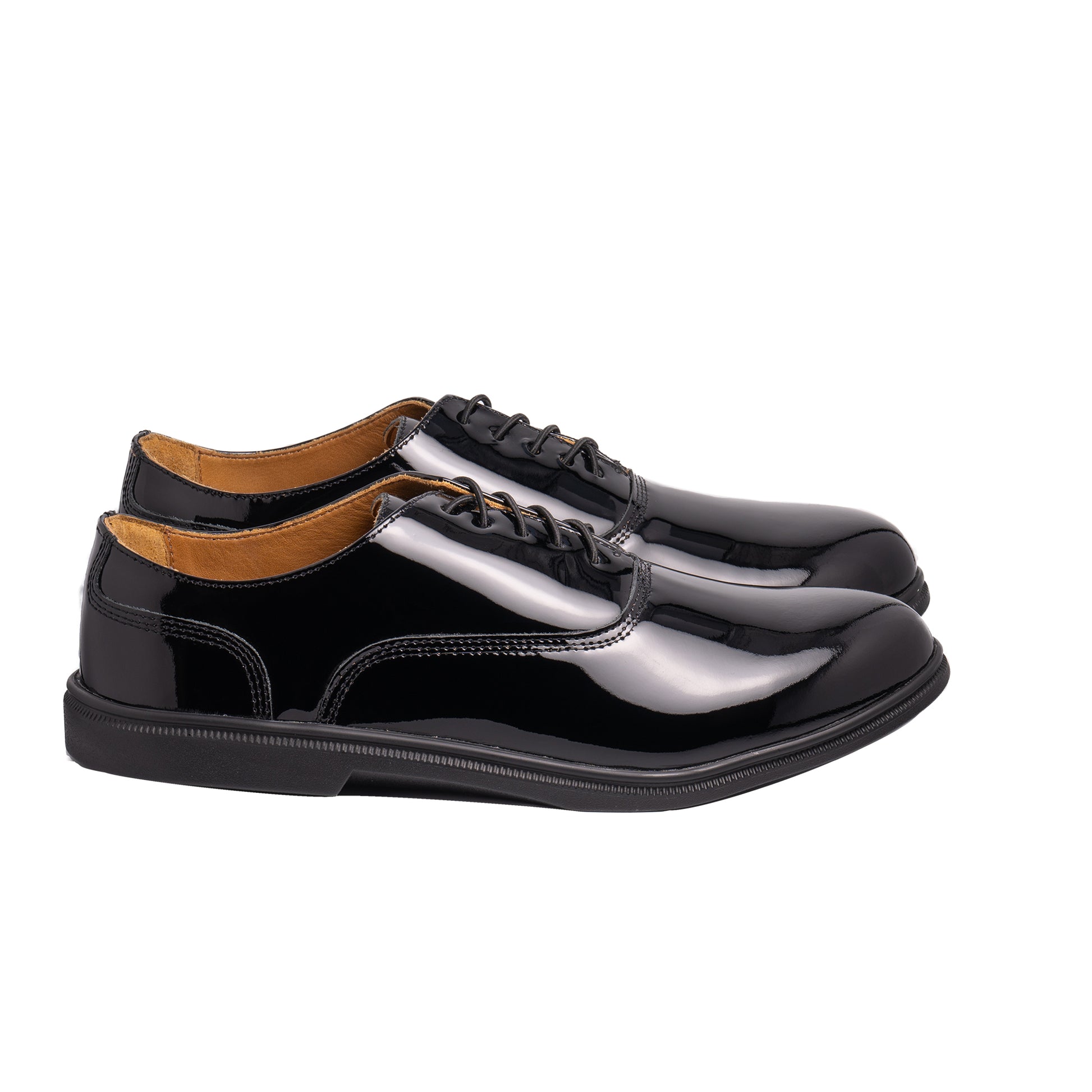

 Free Shipping & Returns for US.
Free Shipping & Returns for US. Zero-Risk Pre-Orders.
Zero-Risk Pre-Orders.